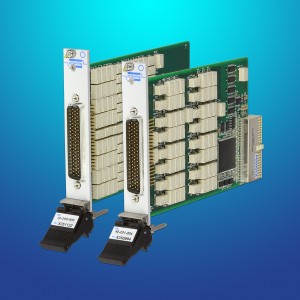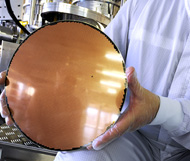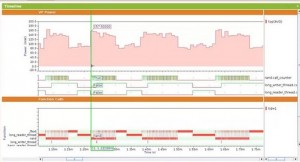Pickering Interfaces is expanding its range of PXI Fault Insertion switch modules with two cards designed for use with differential serial interfaces.
The first differential PXI module (model 40-200) is designed for lower data rate serial interfaces such as CAN and FlexRay.
A higher bandwidth switch module (model 40-201) is designed for higher data rate serial interfaces such as AFDX and 1000BaseT Ethernet.
The modules can be used to provide fault connections that include data paths open, data paths shorted together, and data paths shorted to externally applied faults such as power supplies and ground.
The software driver defaults to a protective mode where conflicting faults are prevented to avoid accidentally shorting unintended paths, such as power to ground. A separate mode allows complete freedom in setting fault patterns.
Connections are available on a easy to use 78-way D connector and are supported by Pickering’s range of general purpose (non-differential) cable and connector options.





